We get a lot of Kickstarter pitches in our email, but this one is different. First of all, it’s over. No biggie there. Secondly, it’s a laser-cut hurdy gurdy. What’s a hurdy gurdy? It’s a musical instrument that uses a wheel to vibrate strings. It has drone strings and a rudimentary keyboard for the melody. Think of it as ‘string bagpipes’ and you’re not that far off. This means you can laser cut (or 3D print, someone get on it) a hurdy gurdy, and that’s just awesome.
I wrote the previous paragraph without referencing Donovan. You’re welcome, Internet.
[Spencer] found a few very small seven-segment flip display units. This, of course, meant he had to build a clock. Right now [Spencer] is in the PCB design stage of the project, with the hope of finishing it before school starts. There is still an open question here: where do you get really tiny flip segment displays?
Perhaps we’ve said too much about the number one badge at this year’s DEF CON, but this is really the project that just keeps giving. [Hyr0n] thought it would be a great idea to have a shirt printed with the design of this year’s official Hackaday DEF CON badge. This seemed simple enough — all he needed to do was send the design off to a custom printed t-shirt place on the Internet and wait a week or two. This is where things got a little nuts. [Hyr0n] stole my intellectual property. My very intellectual property. Here’s a great tip for when a t-shirt place puts your order on hold because of a copyright: just say it’s creative commons, they’ll send it right on through.
The DIY-VT100 is a miniature VT100 (and VT102) terminal, because sometimes you need a standalone serial terminal. Soon, it’s going to be a Crowd Supply campaign. Who’s going to be the first to 3D print a look-alike VT100 enclosure for this little thing? Where can you get pre-bromiated filament?
We all know what the Atari 2600 is, but what is the Atari 2700? It’s an exceptionally rare prototype that used wireless controllers. One was found in a thrift store recently. [L064N] bought it for $30, and sold it on eBay for $3000.
Here’s a weird thing [Yann] sent in. The Rise mP6 was a non-Intel, non-AMD, non-Cyrix, non-VIA, x86 compatible CPU sold in the late 90s. What’s cool about it? Three parallel MMX instructions, and an easter egg hidden in the microcode. The principal engineer on the project, [Chris Norrie], decided he wanted to hide his name in the CPU, and managed to do it without anyone else catching on. If you put ‘NZ’ into eAX and execute CPUID, it returns “* Chris Norrie *”. That’s a hack, and it’s amazing.


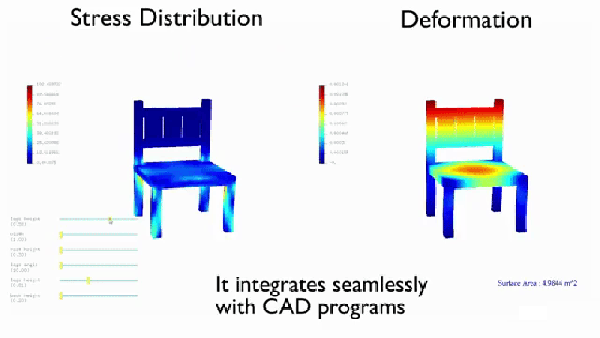





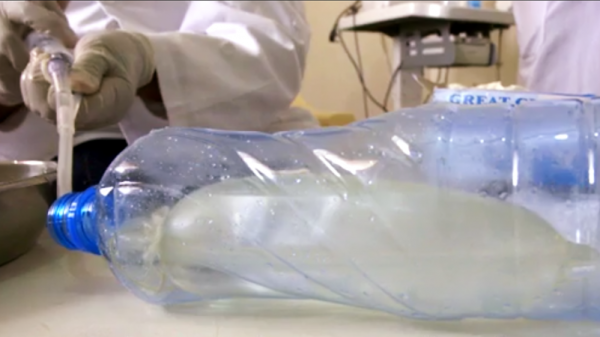

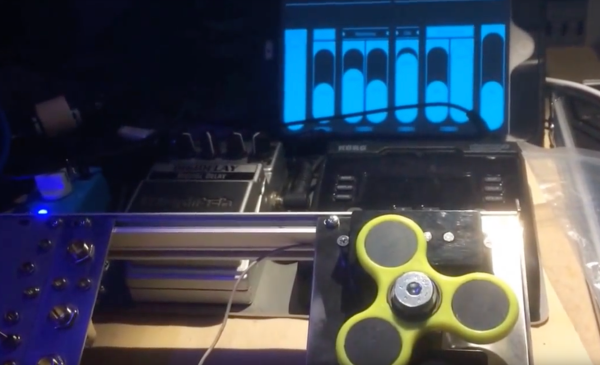
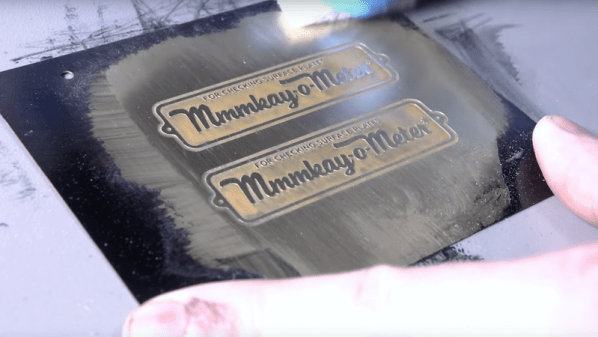
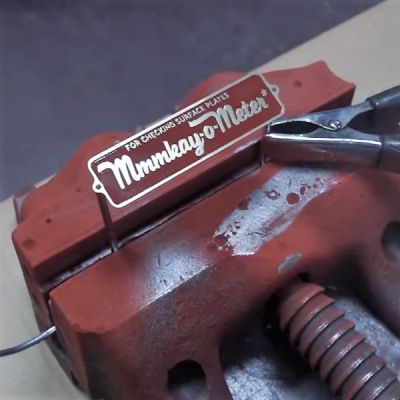 The ‘easy’ part of this only comes if you have access to a machine shop like [John] at NYC CNC does. To be fair, the only key machine for making these plates is a laser cutter, and even a guy like [John] needed to farm that out. The process is very straightforward — a brass plate is cleaned and coated with lacquer, which is then removed by the laser in the areas that are to be etched. The plate is dipped in an electrolyte solution for etching, cleaned, and powder coated. After curing the powder coat with a heat gun rather than an oven — a tip worth the price of admission by itself — the paint is sanded off the raised areas, the metal is polished, and a clear coat applied to protect the badge.
The ‘easy’ part of this only comes if you have access to a machine shop like [John] at NYC CNC does. To be fair, the only key machine for making these plates is a laser cutter, and even a guy like [John] needed to farm that out. The process is very straightforward — a brass plate is cleaned and coated with lacquer, which is then removed by the laser in the areas that are to be etched. The plate is dipped in an electrolyte solution for etching, cleaned, and powder coated. After curing the powder coat with a heat gun rather than an oven — a tip worth the price of admission by itself — the paint is sanded off the raised areas, the metal is polished, and a clear coat applied to protect the badge.







